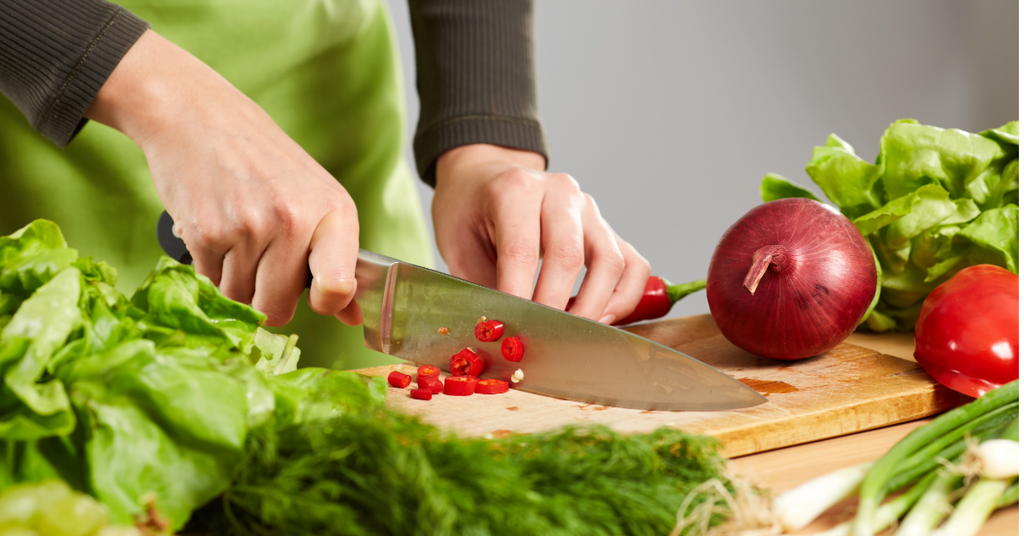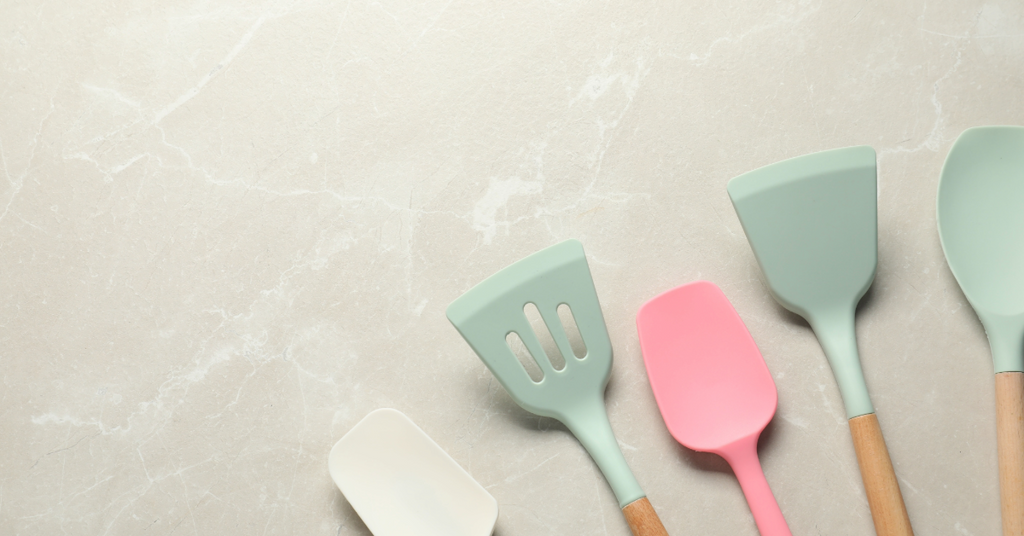
The Foundation of Food Prep: Choosing the Right Cutting Board

When it comes to preparing delicious meals, one kitchen tool plays a pivotal role in the process: the cutting board. Often overlooked, a cutting board is not just a flat surface to chop vegetables or slice meat—it's the foundation of all food prep. Whether you're a seasoned chef or a beginner home cook, selecting the right cutting board is crucial for efficiency, food safety, and the longevity of your knives.
In this blog, we’ll explore why choosing the right cutting board is essential, the different types available, and how to make the best decision for your kitchen. From material choices to maintenance tips, we’ll cover everything you need to know to ensure that your cutting board supports your cooking needs.
Why the Right Cutting Board Matters
1.Knife Preservation
One of the most important considerations when choosing a cutting board is how it impacts the lifespan of your knives. Certain materials are gentler on knife blades, helping to preserve their sharpness. A cutting board that is too hard can dull your knives quickly, which leads to the need for more frequent sharpening and ultimately decreases the efficiency of your cooking.
Wood and plastic cutting boards are among the most knife-friendly options, as they have a bit of give to absorb the pressure of the blade without causing excessive wear. On the other hand, cutting boards made from harder materials, like glass or stone, can cause your knives to become dull more quickly.
2. Food Safety
Food safety is another important factor to consider when selecting a cutting board. Since raw meat, vegetables, and other ingredients are regularly placed on cutting boards, ensuring that they are hygienic is crucial. Some materials are more prone to harboring bacteria, which can lead to cross-contamination if not cleaned properly.
Plastic cutting boards are often seen as more hygienic because they are non-porous and easier to sanitize. They can be placed in the dishwasher for thorough cleaning, making them a popular choice in kitchens that require regular cleaning and high hygiene standards. However, wooden cutting boards, when properly maintained, are naturally antimicrobial and can provide a safe cutting surface as well.
3. Efficiency and Ease of Use
A good cutting board makes food preparation more efficient. It provides a stable surface for cutting and chopping, reducing the chances of accidents. When choosing a cutting board, look for one that offers the right amount of stability. If your board moves around while you chop, it can slow down your prep time and even lead to injury.
A cutting board with a non-slip base or surface can provide additional stability, making it easier and safer to cut your ingredients. Larger boards are also beneficial for tasks like carving meats or chopping multiple ingredients at once, while smaller boards may be more appropriate for quick tasks like slicing a fruit or chopping herbs.
4. Durability and Longevity
Investing in a high-quality cutting board can save you money in the long run. A durable cutting board will last for years, withstanding daily use and still performing well. Materials like wood, bamboo, and composite plastics are known for their resilience and can withstand heavy chopping without showing signs of wear.
A cutting board that lasts longer reduces the need for frequent replacements, making it a more cost-effective option. It's important to choose a cutting board that will hold up under your regular food prep demands, whether you're slicing vegetables, chopping meat, or carving fruits.
How to Choose the Right Cutting Board
When selecting a cutting board, there are several factors to consider:
- Material: Choose a material that suits your cooking habits, knife preferences, and aesthetic tastes. Wood and bamboo are great for maintaining knife sharpness, while plastic is easy to clean and maintain.
- Size: Make sure the cutting board is large enough to handle the types of cutting you plan to do. If you're carving meats or chopping large quantities of vegetables, opt for a larger board. For small tasks, a smaller board may be sufficient.
- Maintenance: Consider the level of maintenance you're willing to put in. Wooden boards require regular oiling, while plastic and composite boards are low-maintenance and dishwasher safe.
- Budget: There are cutting boards available at a range of price points. Determine your budget and choose the best quality board that fits within it.
Conclusion
Choosing the right cutting board is essential for efficient, safe, and enjoyable food prep. Whether you prefer the natural beauty of wood, the convenience of plastic, or the sustainability of bamboo, there is a cutting board material that suits your needs. By selecting a high-quality cutting board and properly maintaining it, you’ll ensure that your kitchen is equipped with the tools needed to create delicious meals with ease. Invest in the right cutting board today, and watch your food prep process become smoother, faster, and more enjoyable.








